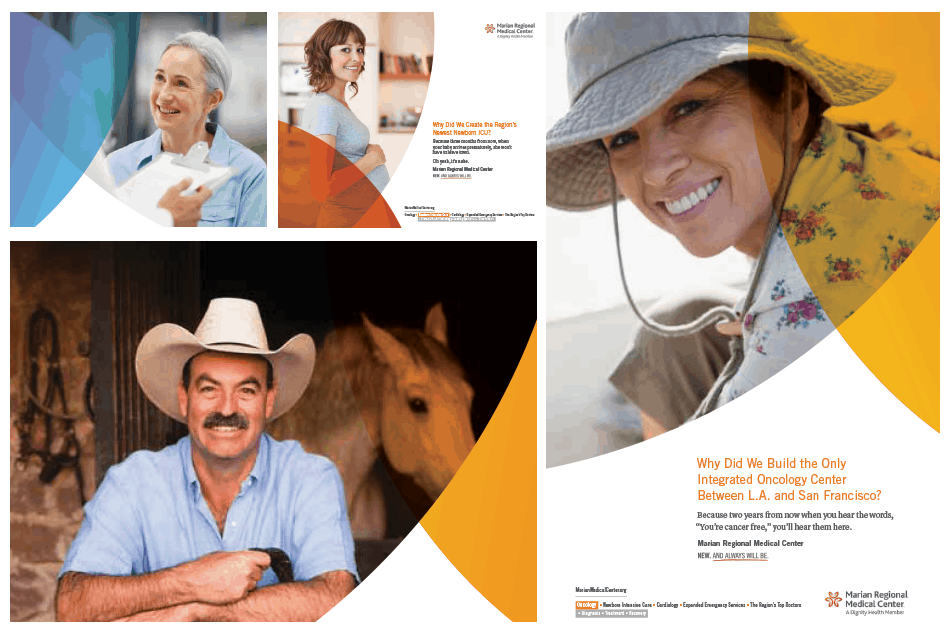In Washington, where I started my reporting career, the political action stretched from the lobbying firm offices on K Street to the complex of House and Senate office buildings that surrounded the Capitol to C-SPAN, which we often monitored instead of trekking to Capitol Hill.
Federal legislative advocacy efforts were complex and multifaceted, marshalling armies of media relations pros and grassroots experts to support the lobbyists.
Contrastingly, in Denver the action took place largely under the Colorado Capitol’s gold dome.
I learned the root of the term “lobbyist” because – duh! – there really are lobbies outside of the House and Senate chambers where the lobbyists gather (with the overflow leaning on the iconic brass rails nearby).
Dominated by older white men, the Colorado lobbying corps back then was much smaller than today and a small handful of individual lobbyists were particularly powerful. (And there really were smoke-filled rooms in that era before clean indoor air laws!)
Colorado’s lobbying environment has evolved dramatically over the past quarter century. There are many more lobbyists – 453 according to a 2011 count – and it’s a much more diverse group. Meanwhile, the advocacy action has largely modeled itself after the D.C.-style of lobbying, where major issues rely not just on lobbyists but also on a sophisticated mix of media outreach, grassroots organizing and advertising.
A major Colorado legislative initiative, like a federal issue, will now have:
- Online advocate activation tools like Engage or Voter Voice and typically at least a microsite to go with them.
- Advertising to recruit new activists. (Digital advertising has come to dominate this space because of its precise targeting capabilities and ability to link advocates directly to online calls to action.)
- Media relations, including the old standbys of guest columns, letters to the editor and editorial board meetings. (Traditional editorial boards are hard to find these days but, for all the challenges facing newspapers, an editorial still has remarkable influence at the Colorado Capitol. Perhaps most powerful though are compelling narratives featuring real people to illustrate the issue.)
- Coalition building efforts that recruit both grassroots (quantity matters) and grasstops (comparatively few but influential) supporters.
- Social media engagement, typically on Facebook and Twitter, the latter which is especially influential among legislators and the media who cover them.
Both sides will bring this breadth of resources to a high-profile battle, essentially creating an arms race that requires each to rise to the challenge up or risk being overwhelmed by superior resources.
Is this Washington-ization of Denver a good thing or bad thing for democracy? I’d argue that it brings more people into the legislative debate and takes another step away from the smoke-filled rooms of yesteryear. Regardless of your views, it is the norm so those who ignore it do so at their own peril.
Tip Sheet
Colorado Legislators and Members of Congress Active on Twitter
Social media directory of all Colorado legislators and members of Congress active on Twitter

About the Author:
Eric Anderson (he/him) began his career as a newspaper reporter in Washington, D.C., Hong Kong, and Denver before co-founding SE2 in 1998. He has helped guide marketing and communications campaigns on some of the era’s most pressing issues, from public health to education to the environment. He lives in Englewood, Colorado with his wife, Amber. Together they have four adult children, two dogs, and one cat.





